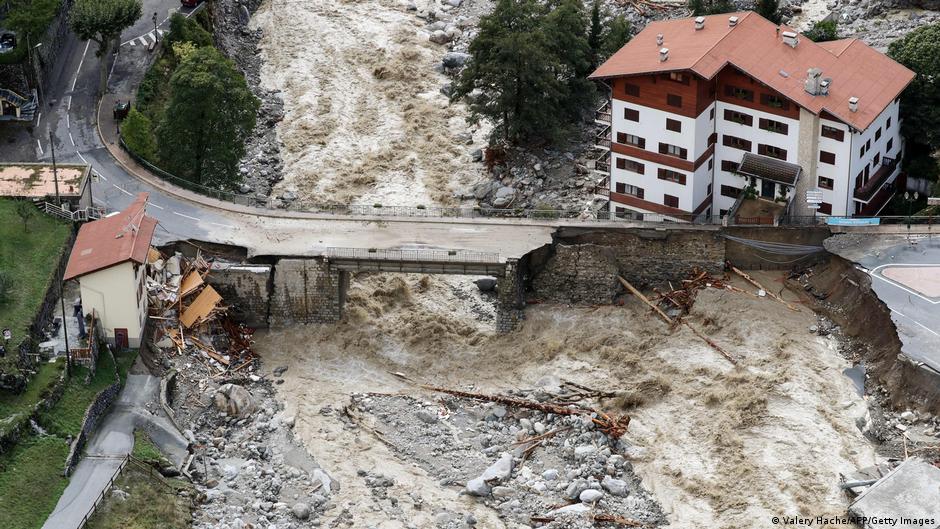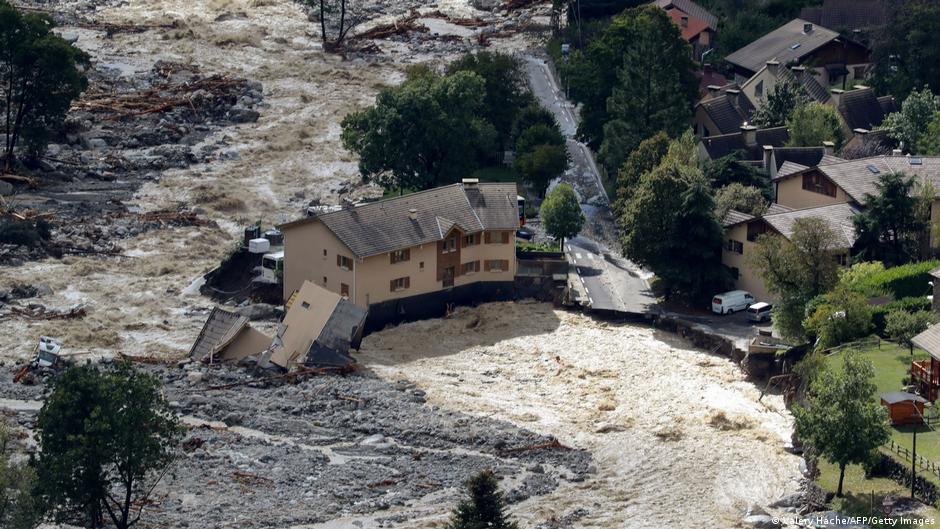Storm causes flash floods at the Franco-Italian border
Sentinel-2 MSI acquired on 13 September 2020 at 10:16:29 UTC
Sentinel-3 SLSTR RBT acquired on 30 September 2020 from 09:52:20 to 10:31:49 UTC
Sentinel-5P TROPOMI CLOUD acquired on 30 September 2020 from 12:51:24 to 14:32:54 UTC
...
Sentinel-2 MSI acquired on 03 October 2020 at 10:17:59 UTC
Sentinel-3 SLSTR RBT acquired on 30 September 2020 from 09:52:20 to 10:31:49 UTC
Sentinel-5P TROPOMI CLOUD acquired on 30 September 2020 from 12:51:24 to 14:32:54 UTC
...
Sentinel-2 MSI acquired on 03 October 2020 at 10:17:59 UTC
Keyword(s): Emergency, natural disaster, climate change, global warming, precipitations, rainfall, flooding, river, Italy, France
Storm Alex was a powerful early-season extratropical cyclone that was the particularly notable for its extreme flooding around the Mediterranean. A wind gust as strong as 186 km/h was recorded at Belle-Île, Britanny, France.
The Telegraph reported: "A storm that moved overnight across southeastern France and then northern Italy caused major flooding on both sides of the border, destroying bridges, blocking roads and isolating communities."
"The situation at the tunnel on the high mountain pass is complicated by the fact that French emergency responders cannot access their side due to flood damage, Cari said. Italian firefighters were searching the French side for people who may have been blocked."
"France's national weather agency, Meteo France, said that up to 500 millimeters of rain were recorded in some areas", the equivalent of almost 10 months of average rainfall.
"Unrelenting rainfall overnight hit levels not seen since 1958 in northern Italy's Piedmont region, where as much as 630 millimeters of rain fell in a 24 hour period, according to the Italian civil protection agency."
Floodlist describes the consequences in south-east France as: "In France, areas of Alpes-Maritimes Department were among the hardest hit, in particular the communes of Saint-Martin-Vésubie and Breil-sur-Roya."




Floods in Vésubie, France 03 October 2020 - Source: Sapeurs Pompiers 06


"Surging waters in the Vesubie River pulled houses from their foundations in Roquebilliere in France's southern Alps" - Source: Valey Hache for Agence France Presse and Getty Image.
Die Deutsche Welle added: "Residents near the coastal city of Nice were urged to stay indoors. Nice Mayor Christian Estrosi described the fallout of the storm as something he has 'never seen before.' 'The roads and about 100 houses were swept away or partially destroyed,' he told French news channel BFM." As a result of this storm, 17 people have died across Europe and 23 are missing.
"French Fire service said 952 firefighters have been mobilized in the Alpes-Maritimes Department, of which nearly 400 are engaged in the communes of Saint-Martin-Vésubie and Breil-sur-Roya. As of 04 October 429 interventions had been carried out. Military and helicopter have been deployed to assist with rescue efforts."

















